Creating OneNote notes from Notion databases
Users gain full advantages from both platforms through integration because Notion provides structured database features while OneNote enables simple note-taking. A complete guideline shows users how to generate OneNote notes through Notion database information while delivering detailed instructions alongside technical information and enhancement strategies for this workflow process.
Why Integrate Notion and OneNote?
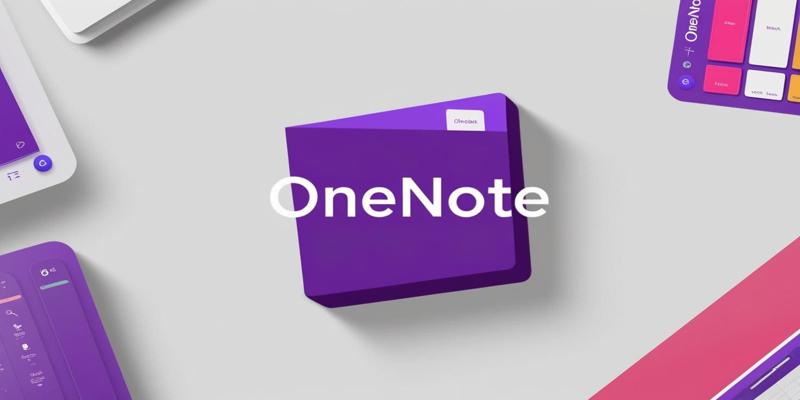
Users can benefit from numerous advantages when they unite Notion with OneNote.
Note-taking efficiency operates at its peak in Notion but users can capture notes at higher speed with OneNote and receive real-time device communication. The combined system achieves an easy transition between database information structured in Notion and handwritten notes in OneNote.
The OCR functionality in OneNote allows users to extract text from images which enables full document searchability. Users achieve universal search capabilities when Notion functions together with its indexing features.
Users maintain flexibility to design integration workflows which allow them to move filtered Notion table data into particular OneNote sections according to their requirements.
Methods for Creating Notes in OneNote from Notion
The Notion database contains various methods for data transfer to OneNote. These methods represent the most productive solutions for data transfers.
1. Workflow Synchronization
Make and Zapier serve as automation platforms which help users quickly synchronize their Notion and OneNote data.
Here’s how to set it up:
Connect Accounts:
Proceed to the make or zapier user account for login.
Securely unite both Notion and OneNote through API token connections to integrate their systems.
Set Triggers:
Assign the trigger action in Make/Zapier to recognize either new or updated items in Notion database entries.
Configure Actions:
Through OneNote users can perform selection tasks that include page creation or section content insertion.
Map Fields:
The Notion database (title, description) fields need to be matched with their equivalent sections located in OneNote.
Test the Workflow:
The platform's data movement should be confirmed through testing procedures.
The system works best for both robotizing recurring operations along with maintaining up-to-the-minute data coherence.
2. The Data Export Process
The absence of automation tools allows you to transfer data from Notion into OneNote through manual exporting and subsequent importing.
Export Data from Notion:
Users should access their selected Notion database using the specified navigation.
You should press the three-dot menu button to access the “Export” option.
Users should select HTML as its export document format.
It is essential to allow subpage inclusion as well as automated folder creation during the translation process.
Import Data into OneNote:
OneNote Batch provides a tool that facilitates the transfer process of HTML files into OneNote.
Begin the “Import” tab in OneNote Batch for further processing.
Open the section in OneNote that will contain the imported data.
The “Scan” or “Add Folder” options enable users to add HTML files to the application.
Start the import process.
The described method works effectively when you require moving large amounts of structure data.
3. Manual Copy-Paste Method
For smaller datasets or quick transfers:
Open your Notion database.
Users can take direct copies from page content.
You can add the contents to a new page within the selected section of OneNote.
Parts of this basic method take too long when dealing with extensive datasets.
Advanced Features and Customizations
The platforms' integration enables users to access enhanced functionalities across the systems.
Tools such as Latitude enrich data records with metadata features that insert timestamps and weather data and location coordinates before OneNote performs a sync operation.
The Rytr AI application delivers automated summaries along with insights directly to freshly created OneNote pages that use Notion information in a synchronized manner.
Business intelligence tools automatically create analytical reports from Notion databases before sending them to accessible OneNote notebooks for users.
Best Practices for Integration
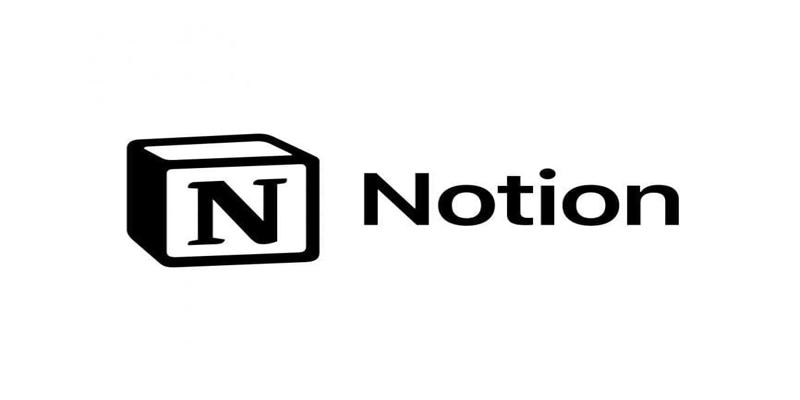
These best practices will help users obtain the most efficient integration between Notion and OneNote.
Before exporting data from Notion or performing the synchronization process users must create organized structures by segmenting their information through main pages and extended subpages.
The automation tool enables users to filter data while it transfers essential information to OneNote.
Periodic inspections of workflows should be performed to verify their efficiency throughout changing organizational needs.
Troubleshooting Common Issues
Data Sync Failures:
Therefore ensure all API tokens have proper configuration setup.
Make sure to check online linked systems for connectivity during any synchronization period.
Formatting Issues:
HTML exports serve as the best option for data import compatibility into OneNote.
The management of automation tool formatting properties will help achieve better results.
Workflow Delays:
The automation tool plans should experience an upgrade because Zapier's basic package faces restrictions with API calls.
Optimizing Workflows with Automation
Automation tools like Make and Zapier offer powerful features to streamline data transfer:
The conditional feature enables the creation of rules which direct data selection based on specific conditions such as tags and dates.
The tool lets users build intricate workflows which link many triggers and execute various actions spanning multiple different apps.
Error-handling measures should be implemented to keep workflows operational even when one or several steps lead to a failure.
Enhancing Productivity with Integrated Tools
Enhanced productivity flows result from implementing additional productivity tools alongside Notion and OneNote.
The scheduled items in Notion trigger events that appear in Google Calendar and Microsoft Outlook through system integration.
Users can use Trello and Asana through integration to handle tasks originating from OneNote notes.
The platform should include either Slack or Microsoft Teams as communication tools to offer team members a way to exchange updates or notes.
Future Developments and Trends
Despite their ongoing development there are potential future features for Notion and OneNote that may include:
Built-in platform connections allow users to configure their systems more easily.
The integration of advanced artificial intelligence functions enables sophisticated calculation methods to produce more valuable insights from synchronized data.
The integrated collaboration system should enable users for simultaneous platform editing for better teamwork.
Additional Tips for Power Users
From a prospective of users who want to extract maximum potential from their connected platforms.
OneNote users should establish their own templates within the program to manage standard note formats which they need regularly.
Users should maintain identical tagging methods along with consistent organizational scheme throughout both programs.
Data backup routines should be implemented to defend against information loss in both errors and platform breakdowns.
Users who implement these strategies will access all integration possibilities between Notion and OneNote which results in an optimized workflow with superior organization.
Conclusion
The process of making OneNote notes from Notion databases becomes simple through proper implementation of useful tools. Both Make/Zapier automation platforms and manual exports/imports as well as simple copy-paste approaches work together to enhance user productivity when connecting these two robust applications. Users can optimize their workflow through integrating metadata enrichment with AI assistance tools for advanced customization capabilities.
On this page
Why Integrate Notion and OneNote? Methods for Creating Notes in OneNote from Notion 1. Workflow Synchronization Connect Accounts: Set Triggers: Configure Actions: Map Fields: Test the Workflow: 2. The Data Export Process Export Data from Notion: Import Data into OneNote: Start the import process. 3. Manual Copy-Paste Method Open your Notion database. Advanced Features and Customizations Best Practices for Integration Data Sync Failures: Formatting Issues: Workflow Delays: Optimizing Workflows with Automation Enhancing Productivity with Integrated Tools Future Developments and Trends Additional Tips for Power Users ConclusionRelated Articles
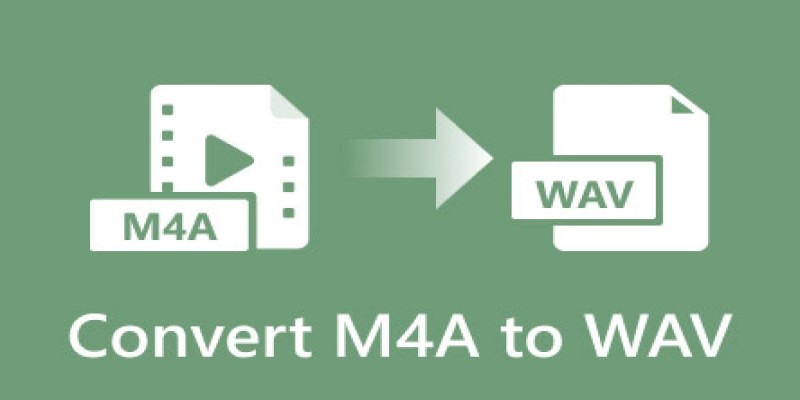
7 Best M4A to WAV Converters for High-Quality Audio Transformation

Top 5 Media Converters for Mac – Fast and High-Quality Conversion

Unlock the Power of Free Tools for Professional Diagram Design

Click, Commit, Push: 5 Best Git GUI Clients in 2025

Best Free Online Tools to Resize Images in Bulk Without Quality Loss
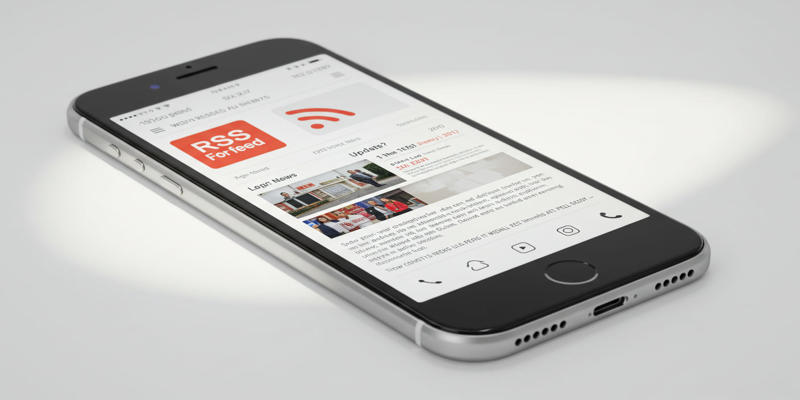
How Can I Find the RSS Feed of a Website?
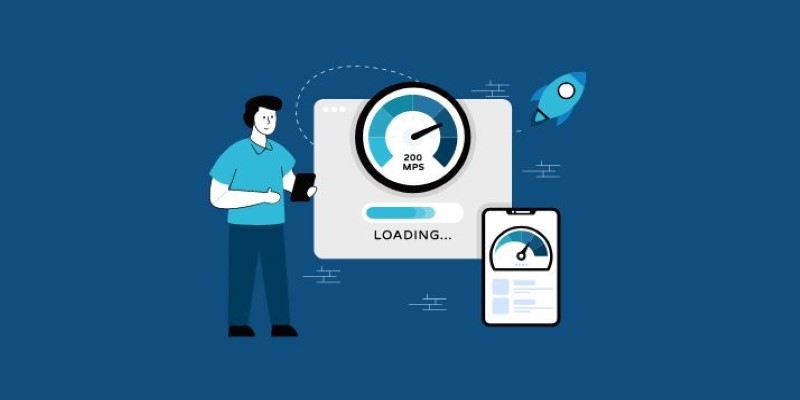
Bandwidth Monitoring Tools That Actually Help at Home
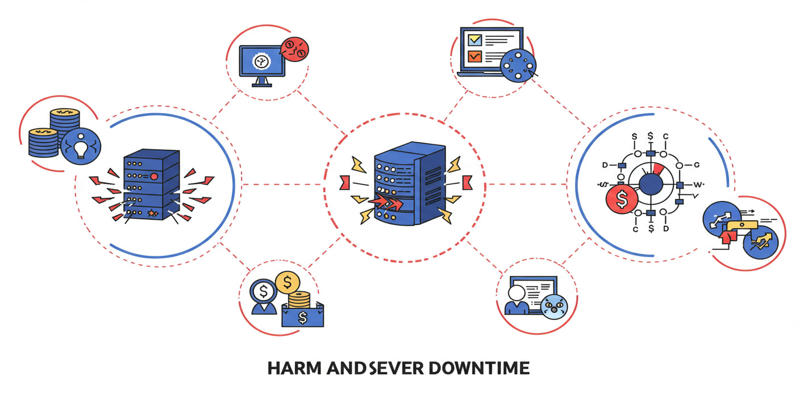
Uptime Monitoring With Better Stack

3 Best AI Voice Generators to Enhance Your Content in 2025

How to Stay Productive: Essential Tools for Remote Workers in 2025

Proposal Software For Marketing
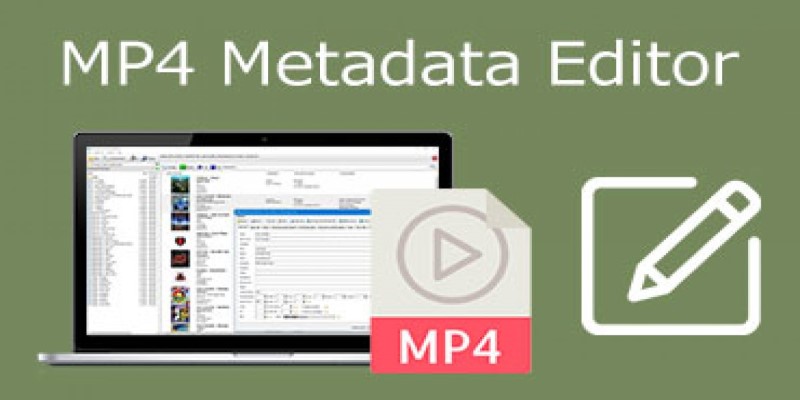
 knacksnews
knacksnews